

ASCENT TO THE HILLTOP
Saint
Anselm College’s Strategic Plan
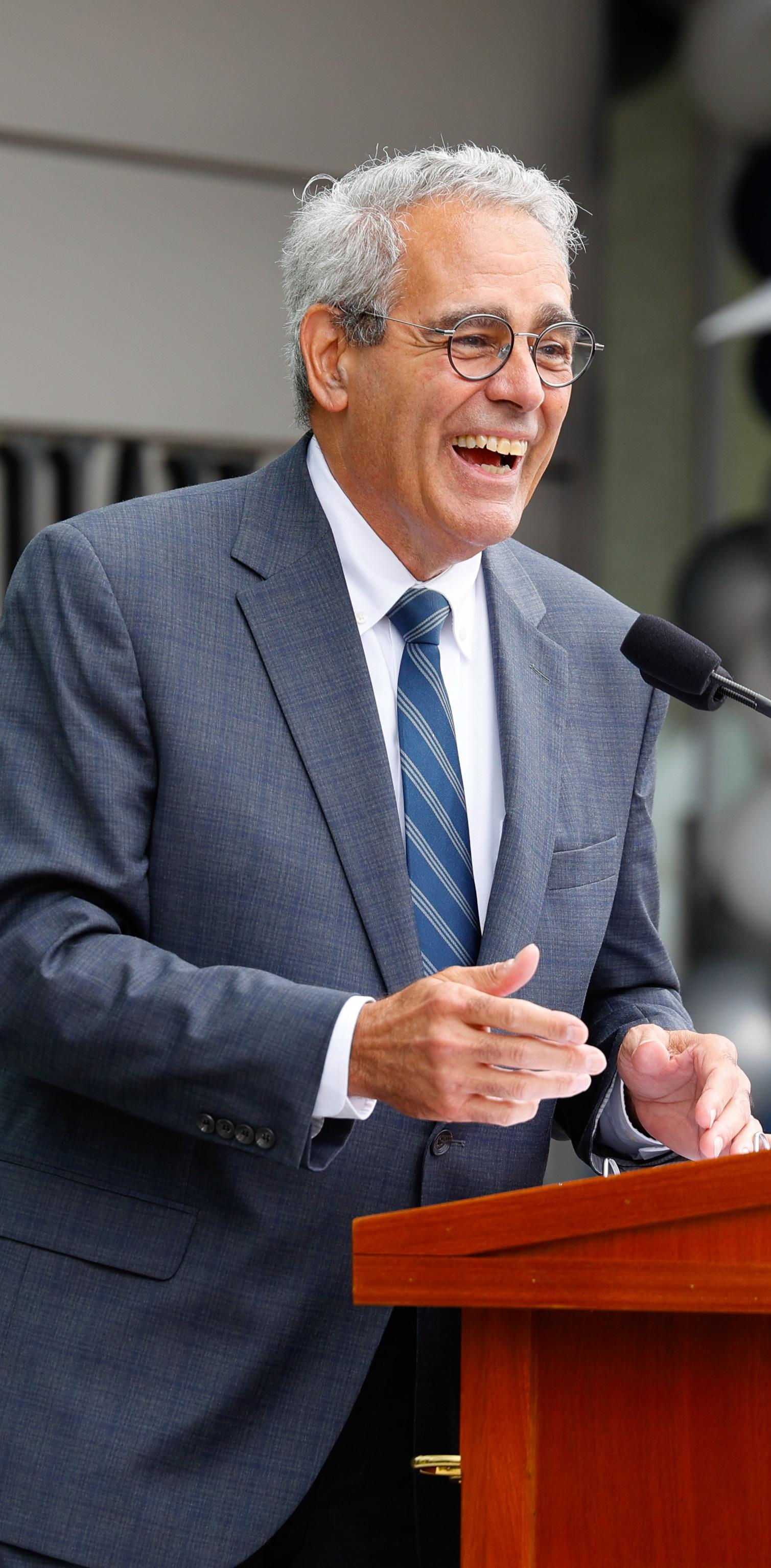
To the Saint Anselm College community,
I am pleased to share Ascent to the Hilltop: Vision 2030, our strategic plan, which builds upon the strong foundation of Vision 2025.
Together, we have cultivated generations of students through a transformative education that integrates intellectual rigor, moral inquiry, and spiritual reflection. Saint Anselm remains committed to its founding vision to be a mission-centric institution delivering a first-rate liberal arts education with innovative educational programs and an exceptional student experience.
We have achieved a momentum that has strengthened our community in countless ways. Yet we know to ensure our continued growth and success, we must move swiftly and confidently into this next phase.
At its heart, Ascent to the Hilltop is guided by two markers:
• To provide an exceptional student experience.
• To grow institutional capacity so that we may serve students long into the future.
Our purpose remains clear: To assist students in realizing their intellectual, moral, and spiritual potential. We fulfill this calling through our deep belief in the power of a liberal arts education, our commitment to preparing students for their professional journey, and our dedication to our founding Catholic and Benedictine mission and identity.
As I have often said, Saint Anselm will continue to be, at its core, the College we have been for 136 years—rooted in mission, tradition, and excellence—while also evolving to meet the challenges and opportunities of the 21st century.
I am grateful for all you do to advance our shared mission, and I look forward to embarking on this Ascent together.
Sincerely,
Joseph A. Favazza, Ph.D. President

ASCENT TO THE HILLTOP: VISION 2030
Ascent to the Hilltop emerges from two guiding markers: to provide an exceptional student experience and to grow institutional capacity to serve students into the future.
Our Purpose
Saint Anselm College exists for a primary purpose: to assist students to realize their intellectual, moral, and spiritual potential. We resolutely pursue this purpose through the weaving of three distinctive threads: our continued dedication to our founding Catholic and Benedictine mission and identity, our deep belief in the transformative power of a liberal arts education, and our abiding commitment to preparing students for their professional journey. At the intersection of these threads is the Benedictine hallmark of community, which invites both individual and collective transformation—by challenging assumptions, fostering critical thinking, and cultivating the inner life of mind and heart.
Our Vision
As we anticipate the future, we will both fundamentally remain who we have been for our 135-year history and continue to evolve to meet the challenges of the 21st century. As an essential element of our evolution, by 2030, Saint Anselm will be a leading Catholic institution seeking to enroll 2,500 students in three purpose driven schools with nationally recognized academic centers.
Our Plan
Ascent to the Hilltop was developed to address changes in higher education and specific issues affecting Saint Anselm College. Discussions with stakeholders revealed that the College must address campus capacity and infrastructure, diversify its revenue beyond undergraduate tuition, and develop more innovative approaches to its educational mission. The College also faces external pressure from an increasingly shifting higher education landscape, an overall negative perception of liberal arts colleges, and demographic challenges in the Northeast.
In response to these challenges, Ascent to the Hilltop emerges from two guiding markers: to provide an exceptional student experience and to grow institutional capacity to serve students into the future. The plan is laser-focused on students, and both emerges from and advances our purpose and vision. The markers guide the way to three key strategic goals, each of which will be achieved through objectives, tactics and action items.
GOAL 1: CULTIVATE A LIVING & LEARNING COMMUNITY
Guided by our Catholic and Benedictine values of stewardship, hospitality, and stability, we seek to create an environment where every member of the College community can flourish.
Objective 1:
Stewarding our Catholic and Benedictine Mission
Foster a deeper understanding of humility, responsibility, and community.
TACTICS
A) Review and update the College’s mission statement.
B) Assess Mission Integration.
C) Foster a deeper understanding of mission and identity across all areas of campus.
Objective 2:
Creating an Environment of Hospitality and Student Formation
Cultivate a culture that is committed to human dignity and embodies the Benedictine hallmark of hospitality by creating environments where people feel valued and welcomed.
TACTICS
A) Enhance Student Experience by adopting a student development and formation approach.
Objective 3:
Stability in Community and Growth Through Infrastructure
Build a mission-driven campus infrastructure and align the college’s physical, technological, and operational aspects with the Benedictine hallmark of stability.
TACTICS
A) Cultivate and nurture talent by enhancing hiring and training processes.
B) Broaden access to and understanding of institutional data.
C) Create an inclusive sense of belonging through student-centered spaces.
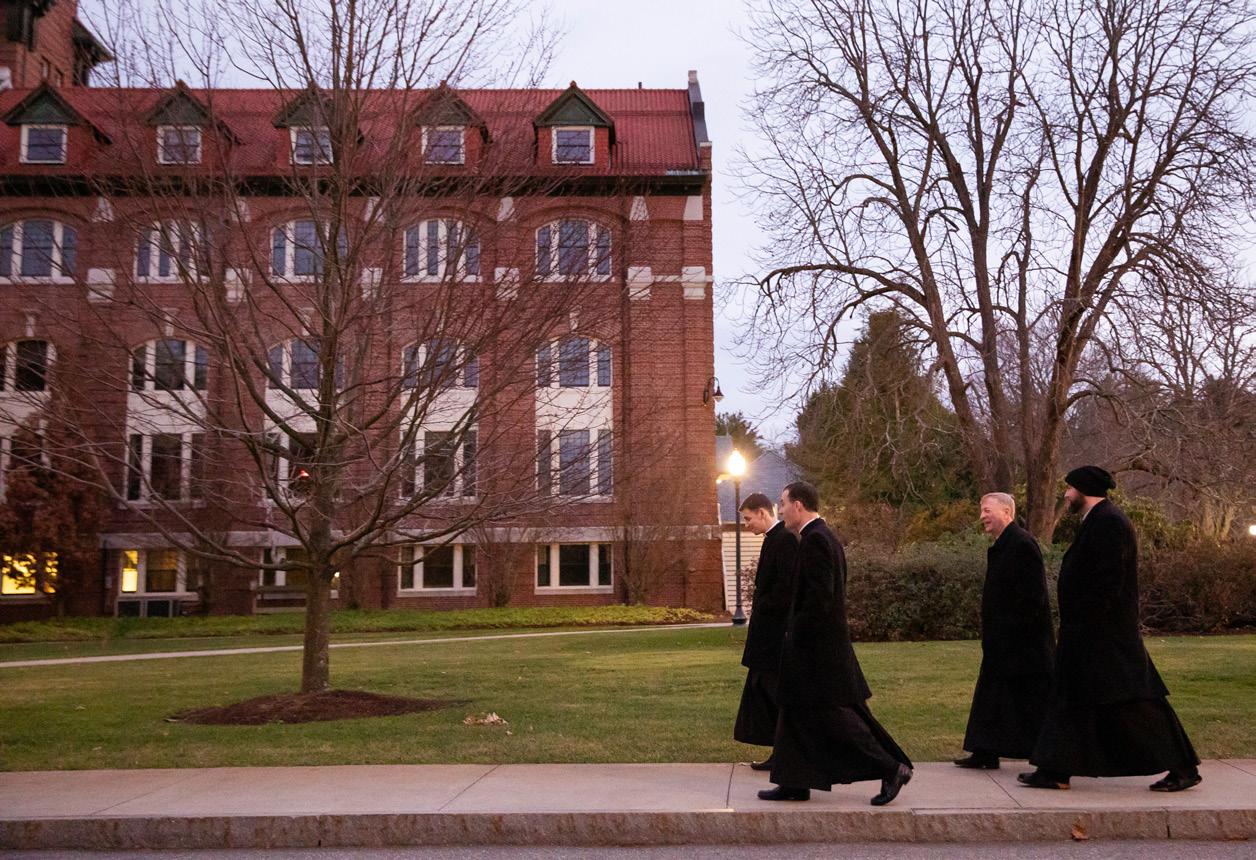

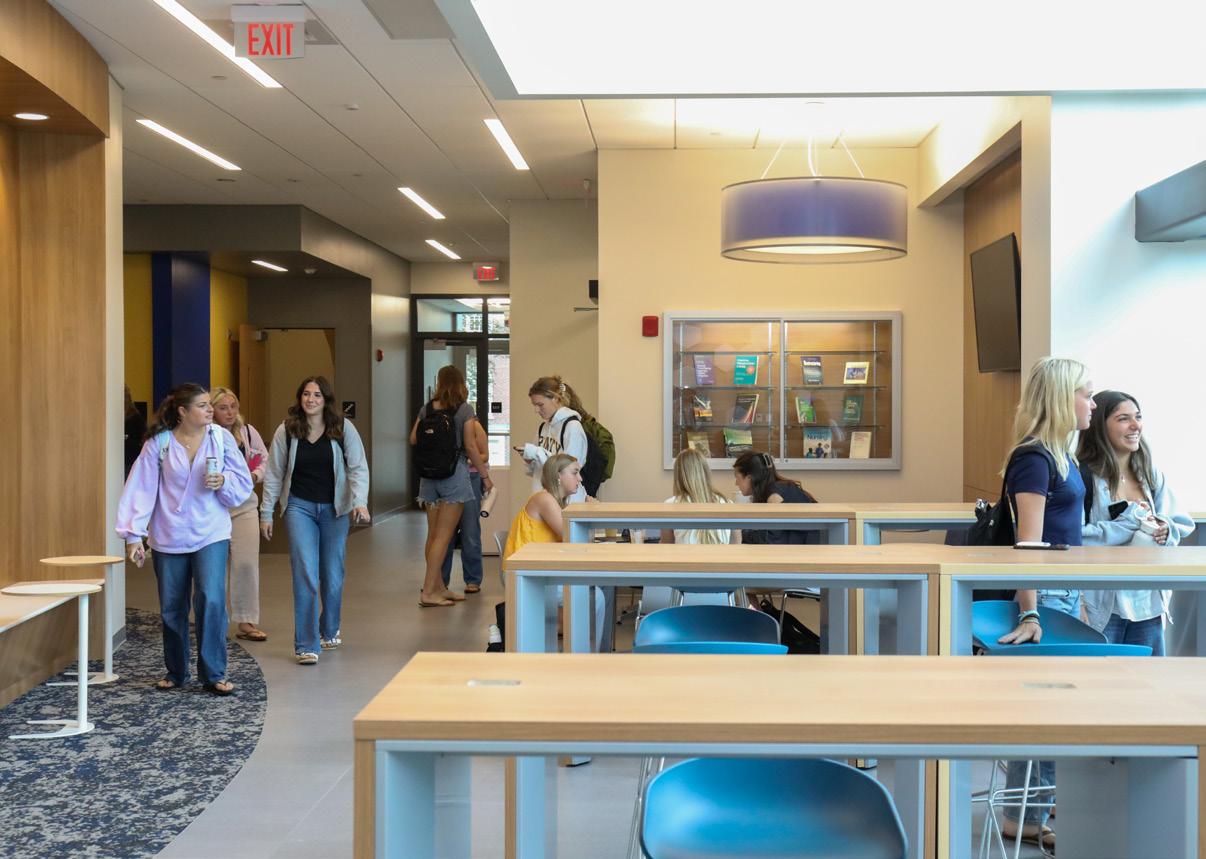
GOAL 2: ENHANCE ACADEMIC EXCELLENCE & GROW ENROLLMENT
We strive to equip students with a foundation in the liberal arts, our Catholic and Benedictine mission, and provide opportunities for career exploration.
Objective 1:
Strengthen Academic Identity and Ensure Sustainable Growth
Implement a curriculum that reimagines the liberal arts and successfully integrates liberal arts and preprofessional programs.
TACTICS
A) Launch and grow three new academic schools.
B) Reaffirm and elevate the liberal arts identity of the College.
C) Develop efficient and effective strategies to best allocate resources to maintain high educational standards.
Objective 2:
Integrate Liberal Arts, Career Preparation, and Technological Literacy
Increase undergraduate, graduate, and certificate enrollment through new and existing programs.
TACTICS
A) Align undergraduate offerings with evolving student interests, societal needs and career pathways.
B) Support and expand existing graduate programs while developing new graduate offerings that respond to evolving market trends.
C) Develop a college-wide academic approach to artificial intelligence that equips all students with a foundational understanding of AI technologies.
Objective 3:
Foster Student Development through Integrated Support and Experiential Learning
Reinforce our reputation as a College committed to civic discourse, community-based learning and service.
TACTICS
A) Launch a holistic experiential learning model that integrates vocational exploration, leadership development and community engagement.
B) Enhance the student advising model to more intentionally support vocational discernment.
C) Develop and advance a unified student academic support model.


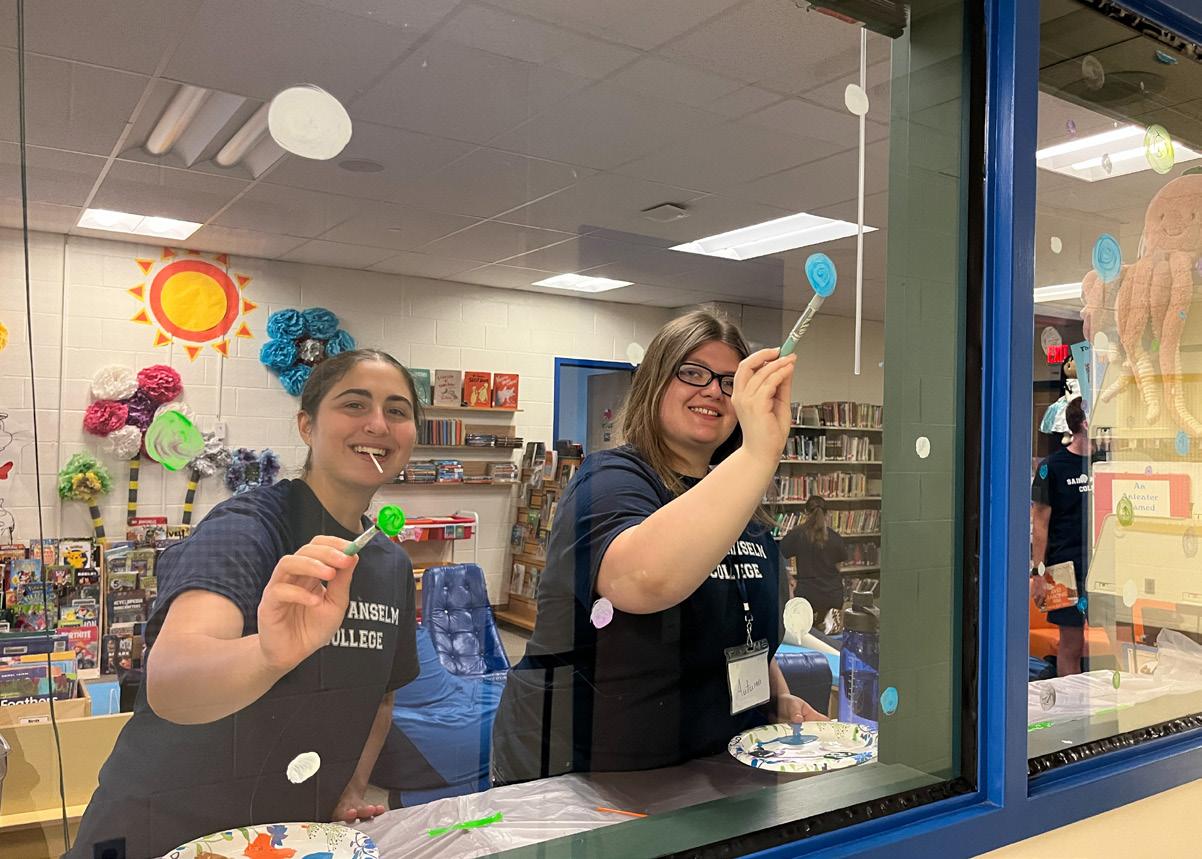
GOAL
3: ENSURE A SUSTAINABLE FUTURE
We will explore new avenues for sustainable growth and enhance the Anselmian experience by expanding partnership efforts, diversifying revenue and making strategic investments.
Objective 1:
Cultivate Strategic Partnerships
Expand strategic transformational, and mutually beneficial external partnerships.
TACTICS
A) With leadership from the Office of Partnerships, develop substantial partnerships that leverage the College’s resources.
B) Develop a scalable model to grow partnership efforts across campus.
Objective 2:
Maximize College Facilities and Real Estate
Grow non-tuition revenue through conferences, events, and the optimal use of campus property.
TACTICS
A) Develop a viable real estate strategy that leverages the College’s real estate holdings.
B) Grow conference and event revenue.
Objective 3:
Develop a Financial Strategy to support Ascent to the Hilltop
With a strong financial plan, attract investment for the priorities of Ascent to the Hilltop
TACTICS
A) Secure investment for key strategic priorities to realize Ascent to the Hilltop.
B) Grow revenue from corporate, government, and private foundation grants.


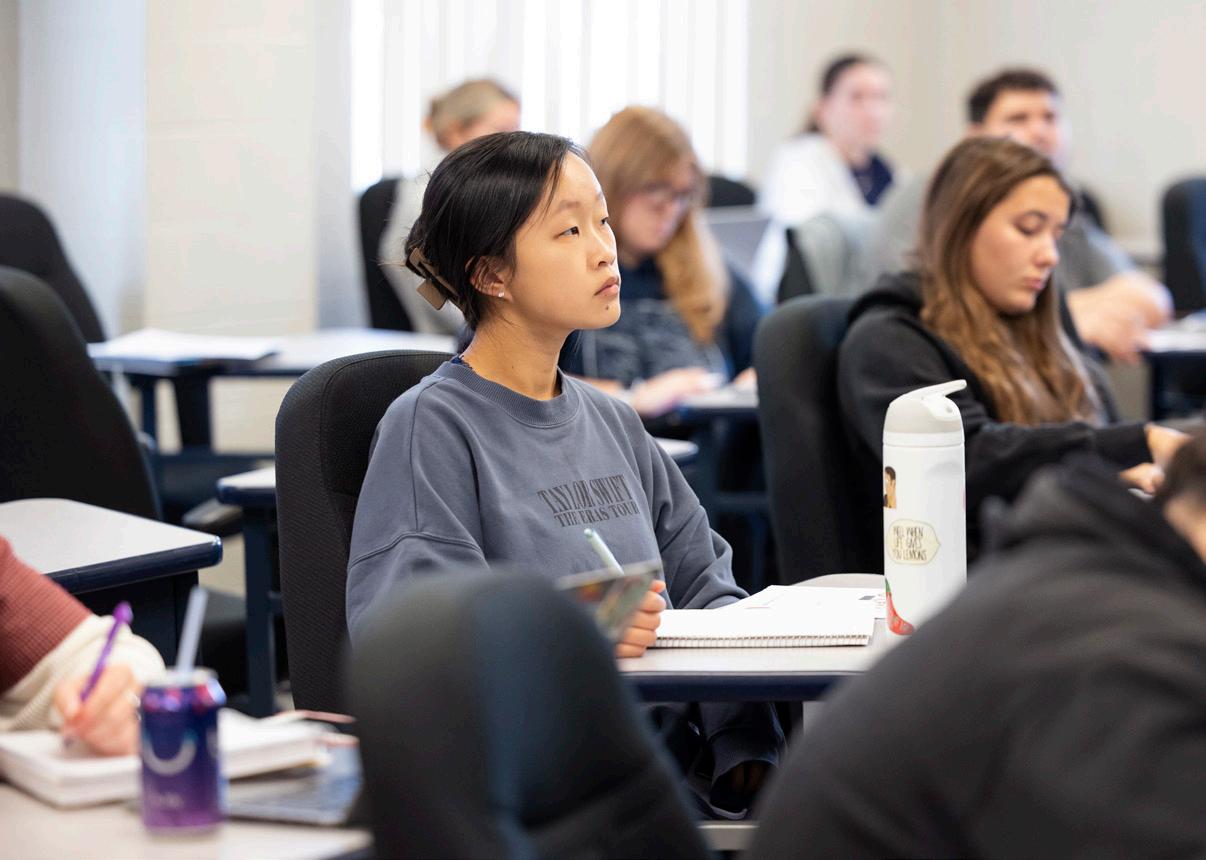

LEADERSHIP
We are grateful to the President’s Council whose primary focus is to guide and monitor the implementation of Ascent to the Hilltop.
Mark W. Cronin, Ph.D.*
Associate Vice President for Academic Affairs and Academic Dean
Valerie S. Diaz*
Executive Assistant to the President
Stephanie Fernandez* Chief Diversity, Equity, Inclusion & Belonging Officer
James F. Flanagan*
Senior Vice President of Advancement and Chief Advancement Officer
William S. Furlong* Vice President of Finance and Chief Financial Officer
Susan S. Gabert, Ed.D. ’91*
Vice President for Student Development & Mission and Dean of Students
Steven E. Goetsch* Vice President of Enrollment
Neil A. Levesque*
Executive Director, New Hampshire Institute of Politics
Sheila Liotta, Ph.D.* Vice President for Academic Affairs
Molly McKean, J.D.* Vice President of Human Resources & Institutional Equity
Paul J. Pronovost ’91*
Vice President of Strategic Marketing, Communications, & Public Relations and Chief Communications Officer
Philip Rowe*
Interim Director of Athletics
Karlea Brunelle, Ph.D.
Associate Dean of Student Development & Mission
Rosemary M. Caron, Ph.D., MPH
Director of Graduate Programs
Erica Dobler
Assistant Vice President of Finance
Joseph Emmons ’04
Assistant Vice President of Alumni Relations & Advancement Programming
Georgia Henley, Ph.D.
Associate Professor, English and Communication and Faculty Representative
Julie Lanman Director of Admission
Joyce Larson Director of Institutional Research
Max J. Latona, Ph.D.
Professor, Philosophy and Executive Director of the Office of Partnerships
Fr. Stephen Lawson, O.S.B.
Special Assistant to the President on Planning and Budget Office Coordinator
Steven McDevitt Chief Information Officer
Stephen Shea, Ph.D.
Professor, Mathematics and Faculty Senate President
Diane Uzarski, DNP, MPH, RN Dean of the Jean School of Nursing and Health Sciences
* Indicates member of the Senior Administrative Leadership Team (SALT)
www.anselm.edu/strategic-plan
